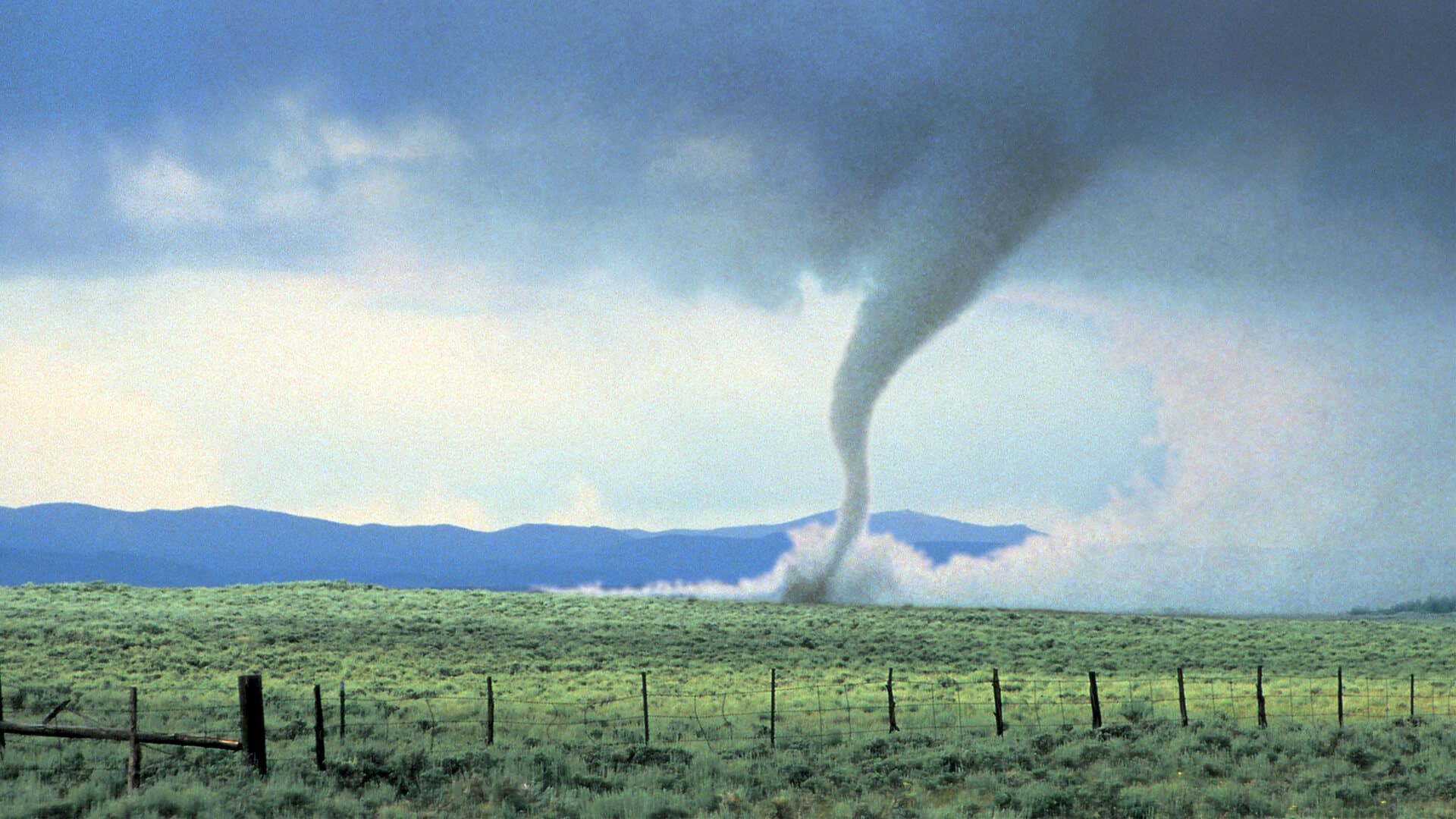The landscape of college athletics is undergoing a significant transformation, with player compensation at the forefront. This shift is beginning to affect fans’ wallets, as schools implement new fees and price increases to fund athlete payments.
In 2021, the NCAA approved payments to players for the use of their names, images, and likenesses (NIL), allowing athletes to earn money through endorsements and sponsorships. This change spurred the creation of collectives—independent organizations that raise funds to pay athletes—and a $2.8 billion lawsuit settlement that will enable schools to share up to $22 million annually with athletes.
To manage these new financial obligations, universities are turning to fans for additional revenue, according to the Associated Press. The University of Tennessee, for example, announced a 10 percent “talent fee” on all sports tickets, along with a 4.5 percent increase in football ticket prices, to help fund athlete compensation starting in 2025. Similarly, Arkansas plans to raise concession prices by three percent, and Clemson is introducing an athletic surcharge to tuition bills.
These measures are part of a broader trend where fans are shouldering a growing portion of the costs associated with player compensation. In 2023, attending a college football game cost two fans an average of around $180, compared to about $340 for an NFL game. Historically, college sports didn’t have to account for player salaries, but with the advent of NIL and revenue-sharing agreements, that dynamic is changing.
Not all fans are receptive to these changes. Some express concerns about rising costs and the economic burden of supporting their favorite teams.
“The price of the education is out of hand,” Michigan State fan Mike Bouchard told the AP, in reference to out-of-state tuition at the university. “There’s absolutely no way I’m going to dig into my pocket over and above that amount. Tell them to use their hundreds of millions in endowments.”
As institutions navigate this new era, they are exploring various revenue avenues, including increased ticket prices, higher concession costs, and greater financial commitments from boosters. The sustainability of college sports now hinges on balancing these financial realities with fan willingness to absorb additional costs.











